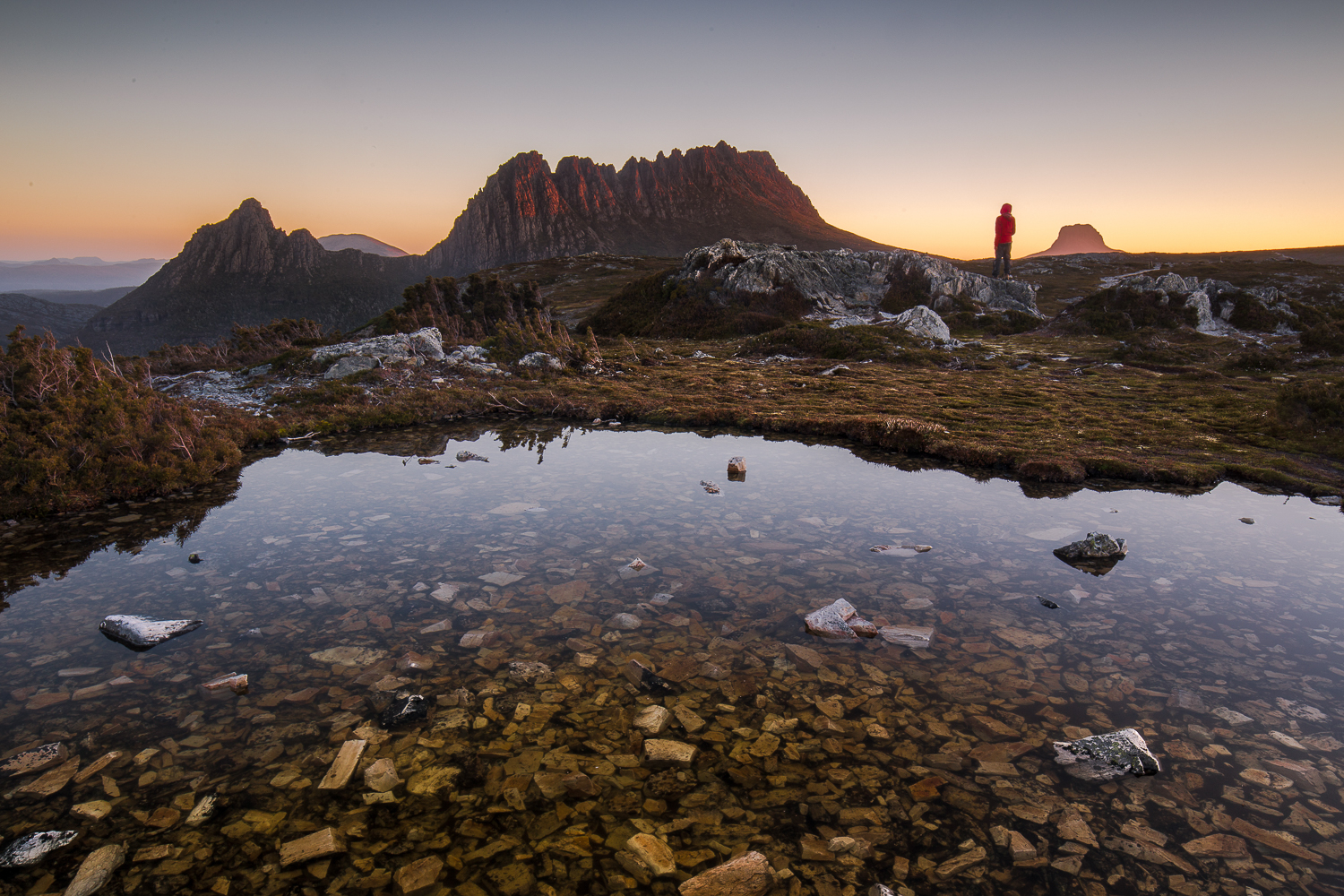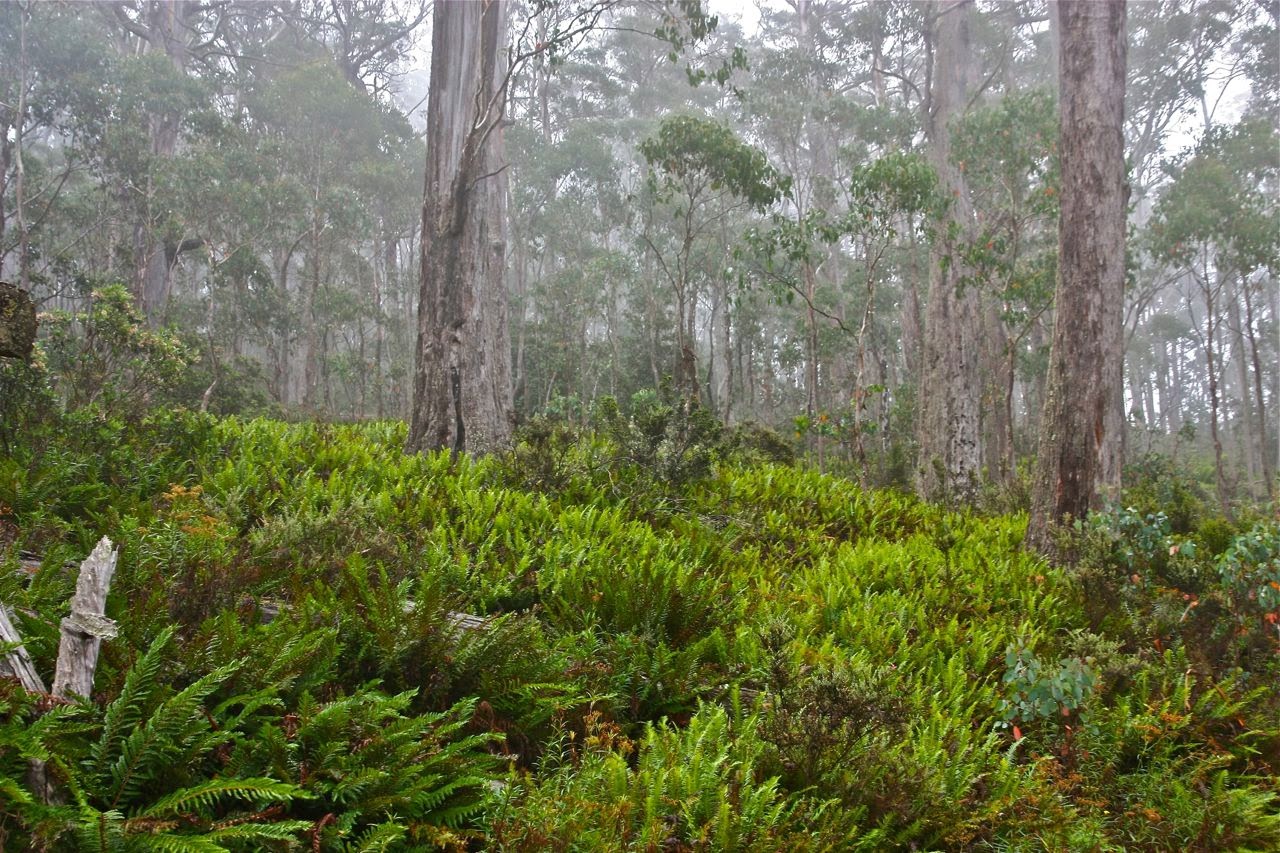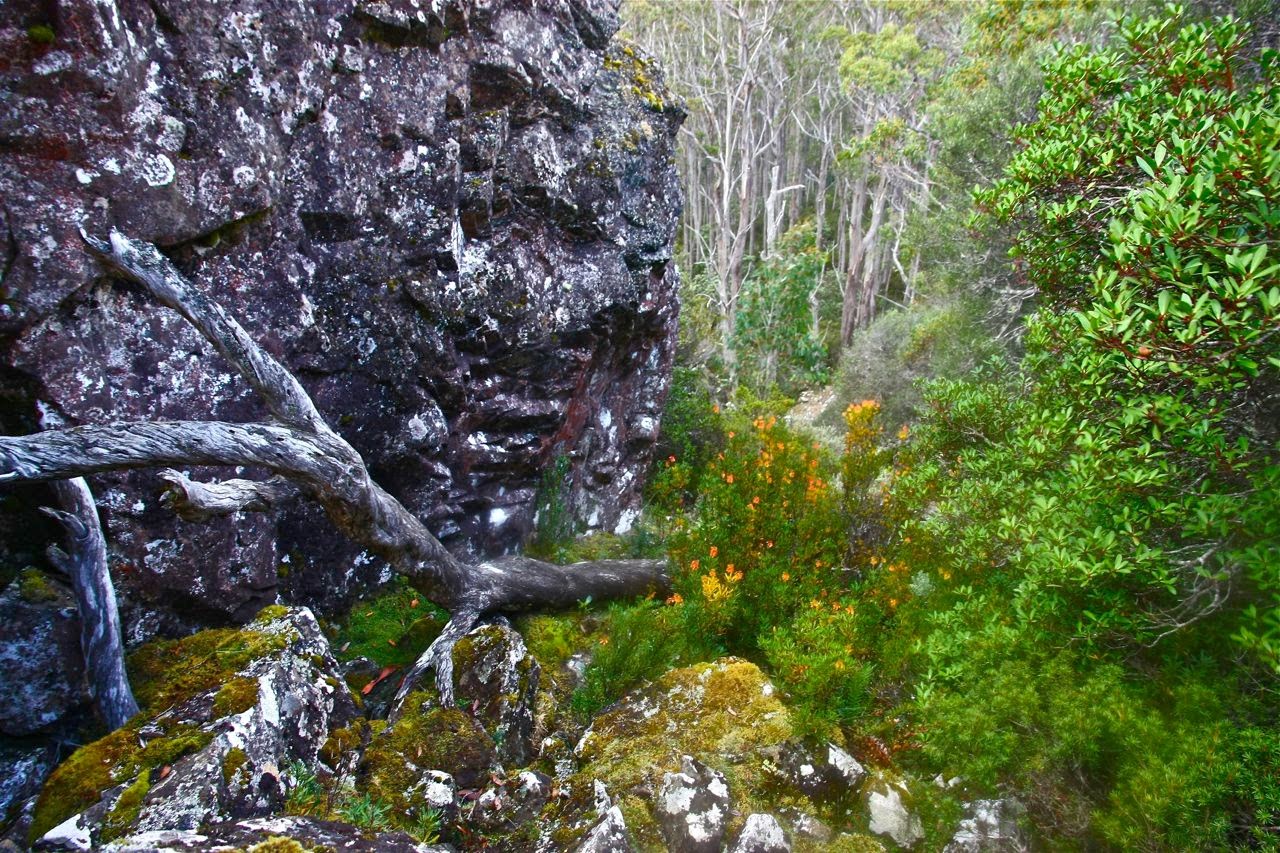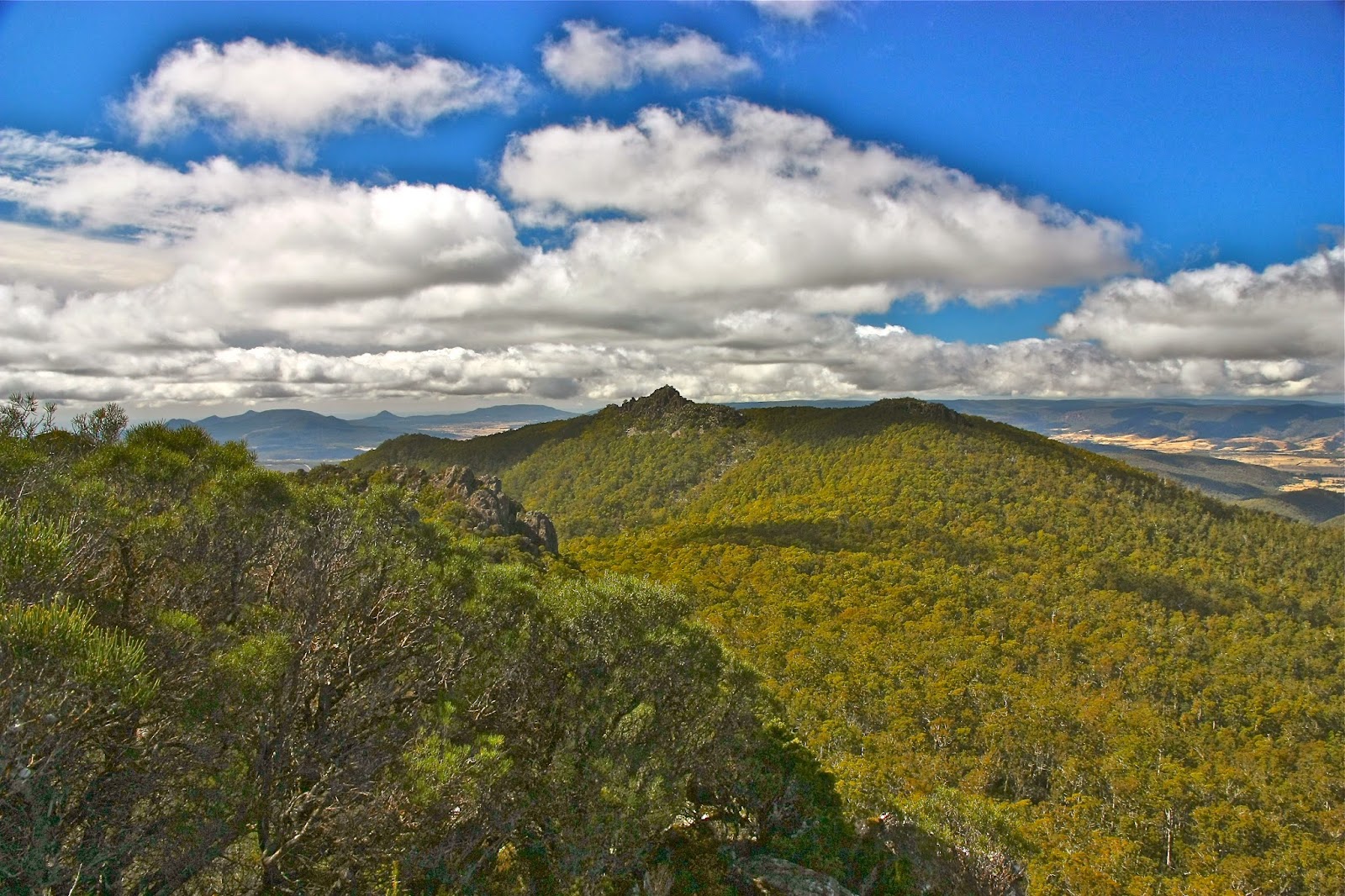William Buckland, a delightfully eccentric Oxford Don of the early-mid 1800s (born 1784), not only poked around seashores for fossils dressed in his academic gown, but also decided to eat his way through the animal kingdom, often working his way through it in alphabetical order. Thus students visiting him for dinner not only had to negotiate their way through an untidy array of often gigantic fossils, but also were treated to such delicacies as bluebottle, mole or mouse for the evening meal. Buckland’s devotion to completing his collection of eaten animals was as thorough as it was outlandish.
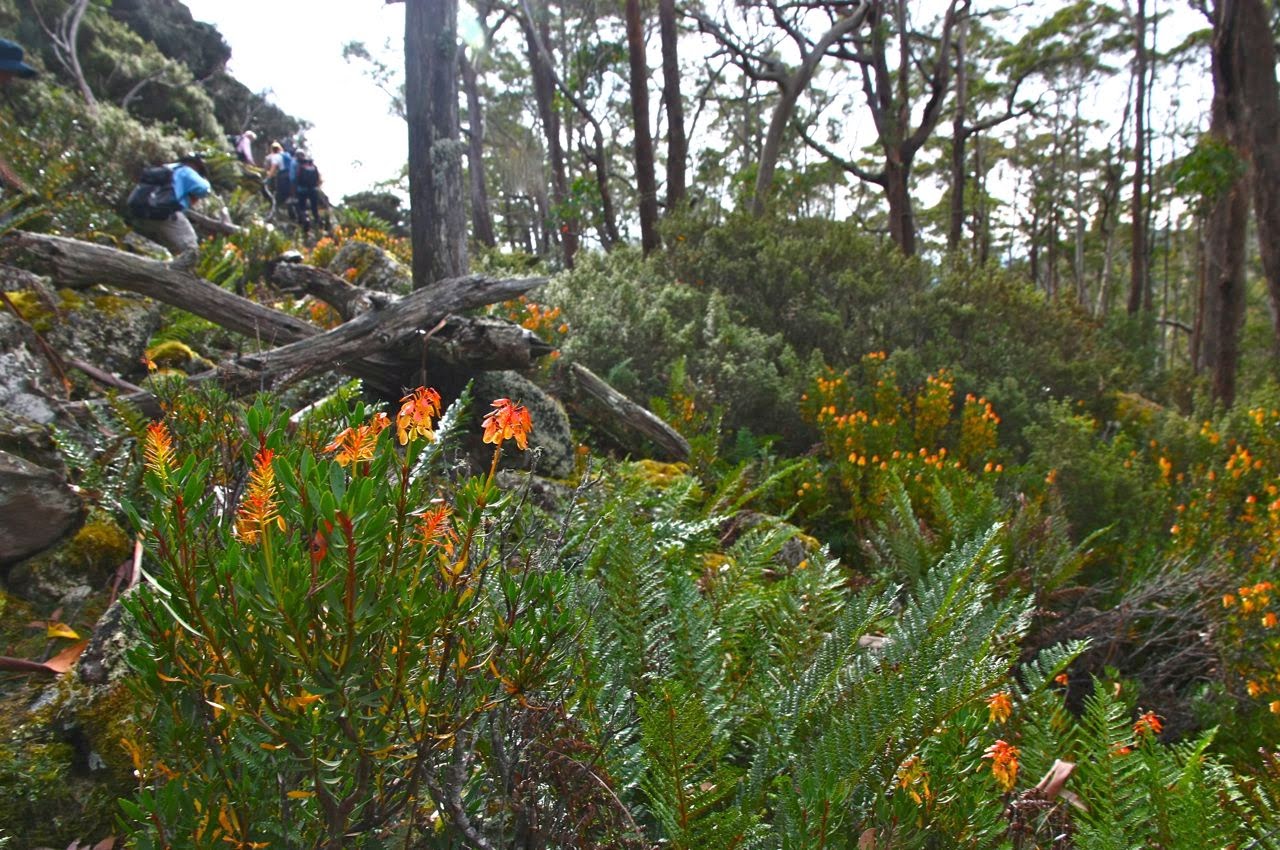 Bellendena montana lined much of the way, adding a splash of colour
Bellendena montana lined much of the way, adding a splash of colour
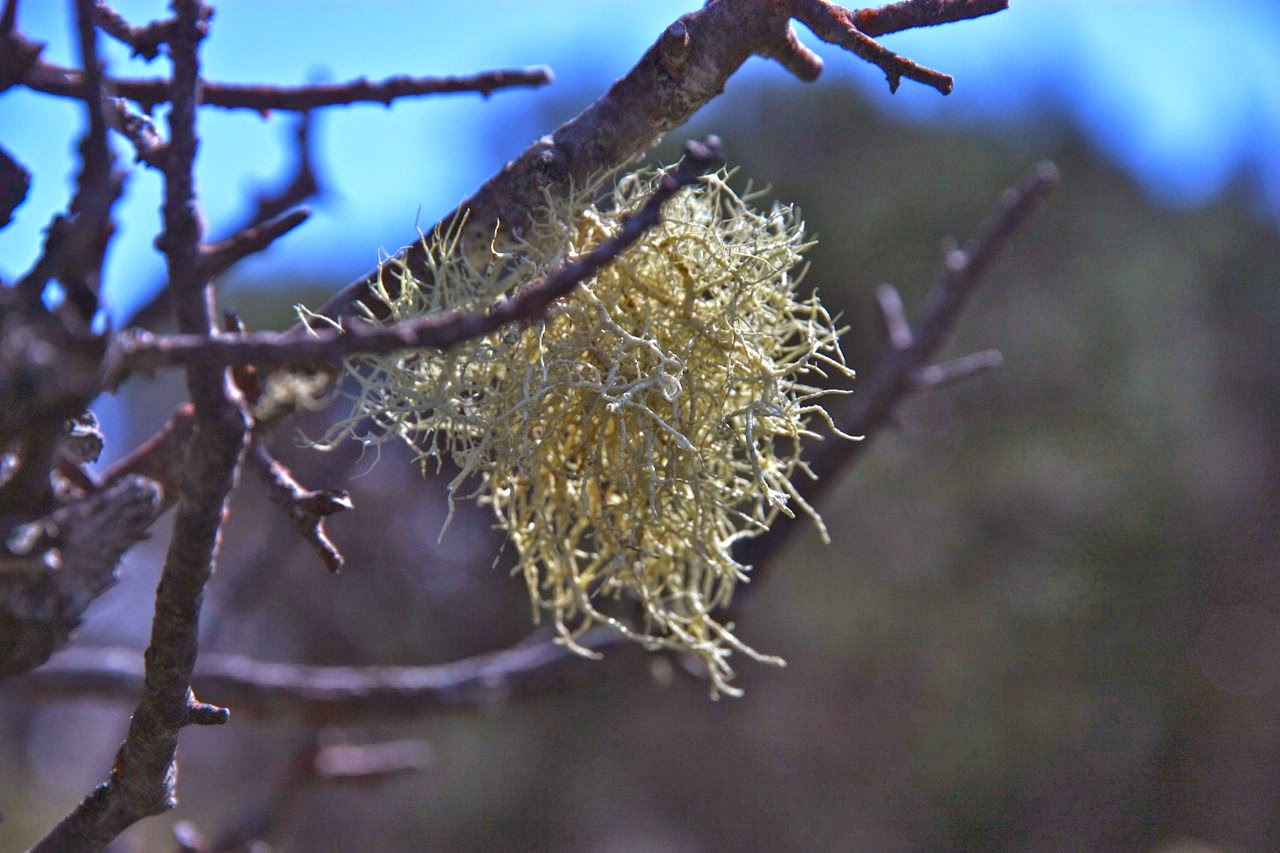 Lichen detail is always fun
Lichen detail is always fun
How much more tame – how very plebeian – it is to collect mountains one has climbed, and to tick mountains climbed rather than animals eaten on a list. Possibly the only characteristic I share with Buckland is the devotion of a good collector to get the next item even if it might be distasteful. And thus it was that I set out to climb West Tower, an Abel that does not have good street cred; in fact, rumour and gossip have it that West Tower is unbearably scrubby, has negligible view and is barely worth the effort for the point. As with most gossip and rumour, this is based on hasty generalisations with only a modicum of truth, I found. I was expecting a scrub fight, but only encountered a tiny patch of scrub which had enough leads through it to make progress quite bearable. I didn’t even bother to put on my scrub gloves. I think I only had to push and shove once, and that for only a metre. However, the view from the top was very ordinary, and I am happy to put a tick in that box and move on to more glorious mountains.
With regard to the route, we walked uphill from the locked boom gate for 12 mins before finding the remains of an old road to the left. A cairn marks the intersection. This old route travels in a rough arc, not changing height much until dropping four contours as it curves around the picturesque Tower Hill cliffs before meeting the main spur heading down from East Tower (which travels at this point a bit west of north). On joining this ridge (still on the “road”) a further six contours are lost until a broad saddle connecting the two towers is reached. After a couple of hundred metres along this saddle, there is a rusty stake with two horizontal bits at the top, and the road becomes much narrower. Time to say thanks for the lift and leave it, heading NW, keeping at first slightly left of the main turning point of the broad spur you’re climbing, but swinging further right. Ribbons magically appear at this point, and guide you up over the cliffs and down the other side, where you lose quite a lot of contours before beginning a traverse along the northern side of the cliffs, along a route that sometimes has cairns, sometimes old, and at other times new, ribbons. Mostly the path is on the border between rocks and bush, but don’t just take that for granted, and don’t go into this area if you can’t navigate without the aid of cairns, assuming the path will get you there. You need to know what you’re doing for the guides to be of assistance. The fastest route is to stay below the cliffs until the last minute, although getting onto the ridge line earlier and following it is possible, but is a prickly option.
I didn’t expect to find any enjoyment in East Tower (done at the end, after the return from West), with its steps and ugly infrastructure, but I actually enjoyed it far more than its western mate. Climbing up and around the locked gate was particularly good fun – even got a grunt out of me – and the view from the top was much better than that offered by the western cousin.
